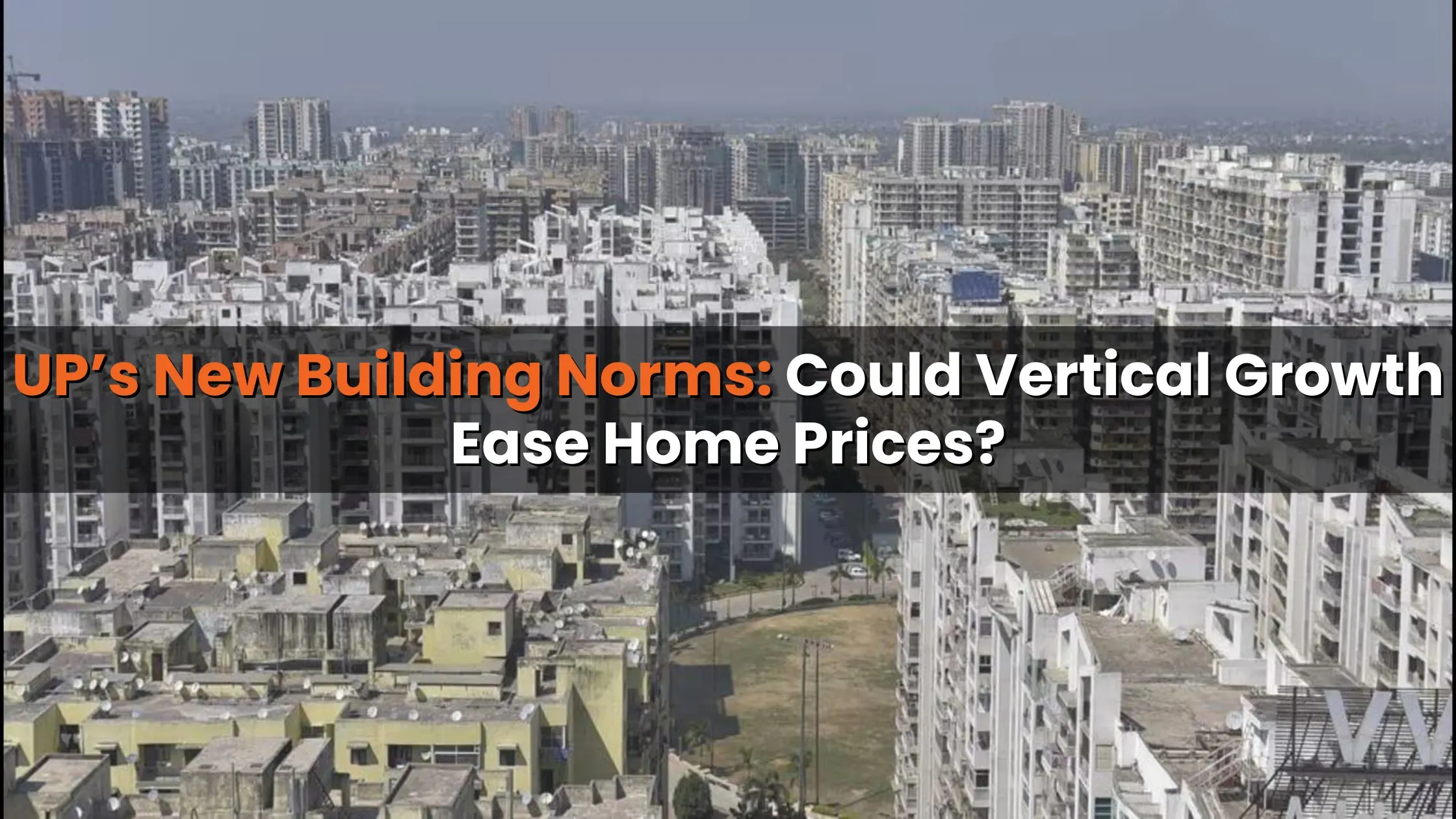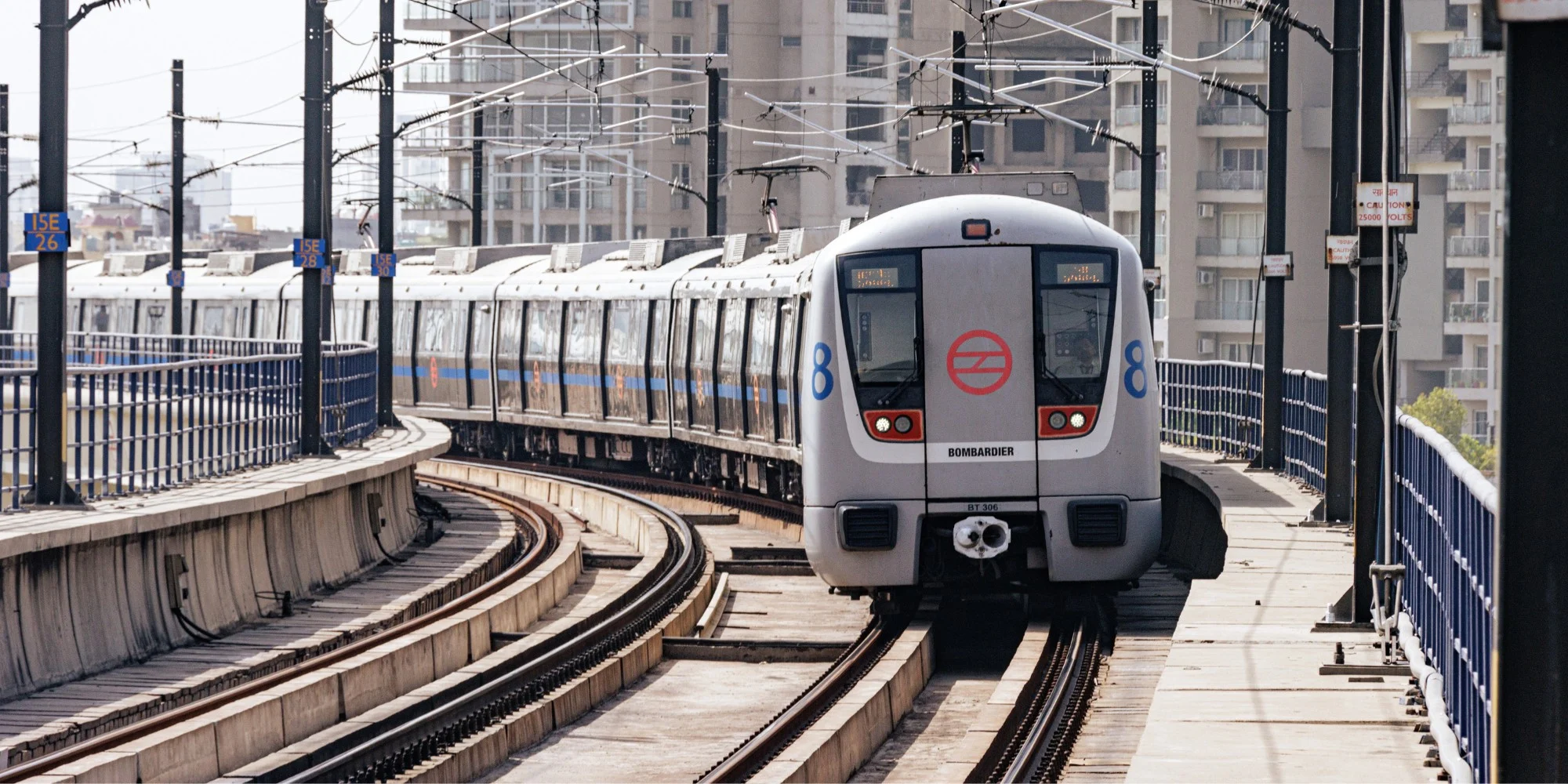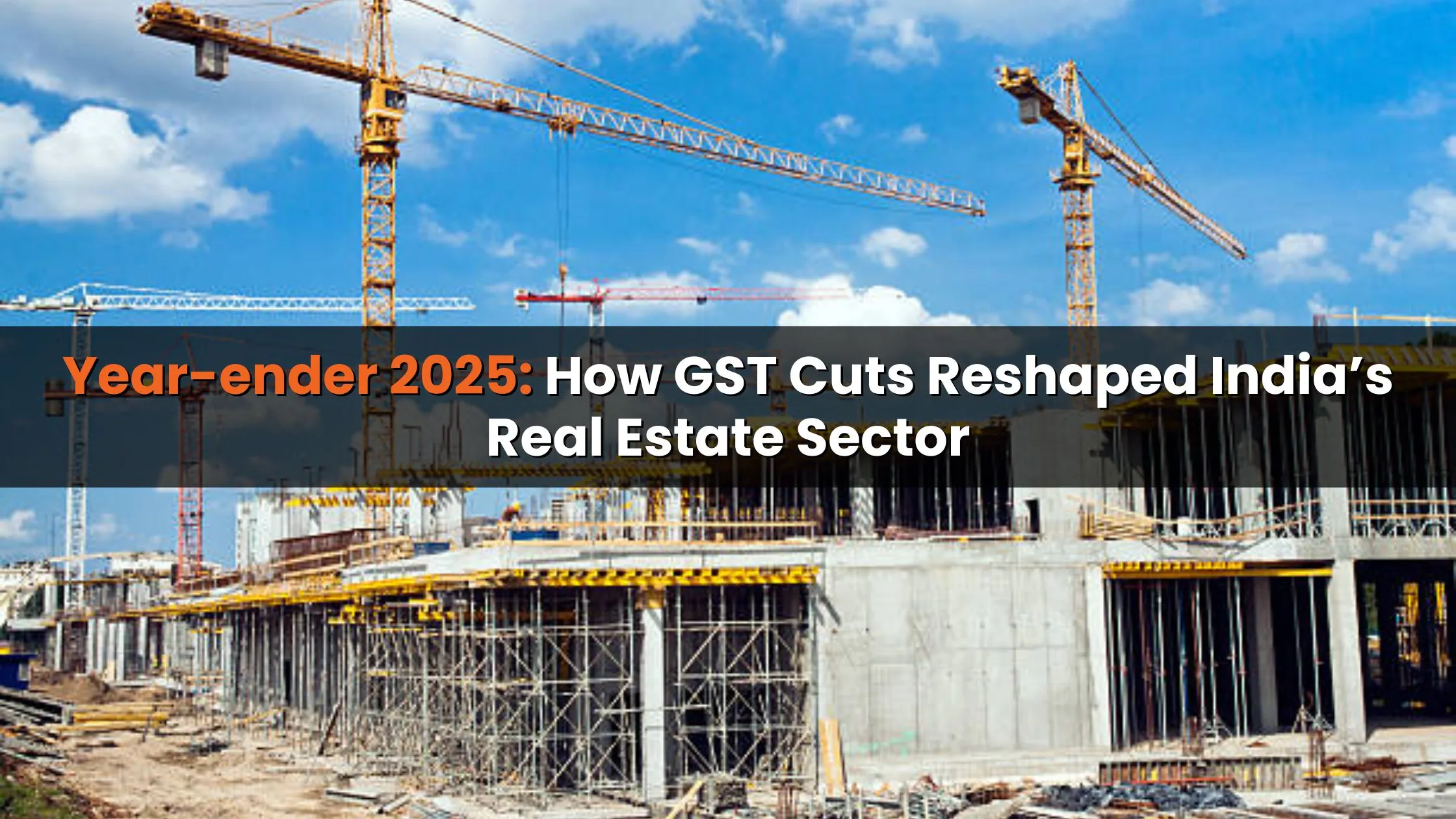Table of Content
Uttar Pradesh is gearing up for a skyline transformation. With the state government recently approving Uttar Pradesh's new building norms, cities like Ghaziabad, Lucknow, and Kanpur are set to experience a wave of vertical development. These revised regulations are not just about taller buildings; they’re aimed at boosting housing supply, streamlining approvals, and potentially bringing some much-needed relief to property buyers through price moderation.
Let’s dive into what these new rules mean for residents, developers, and real estate prices in the state’s key urban centres.
What Are the New Building Norms in Uttar Pradesh?
The Uttar Pradesh Building Construction and Development Bylaws 2025 replace the older 2008 guidelines and introduce several game-changing reforms:
- Increased FAR (Floor Area Ratio): Developers can now build more on the same parcel of land. In built-up areas, FAR for group housing has been raised to 5.25, and in non-built-up zones, it’s up to 8.75 more than double the earlier limits.
- Reduced Minimum Plot Size: For vertical construction, the minimum land required has been brought down to 1,000 sq m in built-up and 1,500 sq m in non-built-up areas, making it easier for developers to initiate high-rise projects.
- Commercial and Utility Use within Projects: Developers can now allocate up to 5% of FAR for commercial use and an additional 5% for amenities like EV charging, lift rooms, or community halls.
- Relaxed Road Width Norms: Projects on roads between 24 to 45 metres wide can avail these FAR benefits, and there are no FAR limits for plots on roads wider than 45 metres (except near airports or sensitive zones).
Vertical Growth with a Green Vision
The new rules are also aligned with sustainable urban planning. Key highlights include:
- Mandatory EV infrastructure: All new group housing projects must have at least 20% of parking spots with EV charging stations.
- Green space allocation: Projects on plots above 3,000 sq m must reserve 10–15% of space for open areas or parks, depending on the zone.
- Encouraging mixed-use development: Especially near metro corridors and high-speed transit routes, promoting walkable, self-sufficient neighbourhoods.
Also Read: Delhi-NCR Overtakes Mumbai in Ultra-Luxury Home Sales in H1 2025
Will Property Prices Become More Affordable?
That’s the big question. According to real estate experts, the Uttar Pradesh new building norms could help ease pressure on housing prices in the medium to long term. Here's why:
- More supply, better affordability: By allowing taller buildings and denser layouts, developers can add more housing units per project, increasing availability and helping stabilize prices.
- Lower land cost per unit: With higher FAR, the cost of land gets distributed over more apartments, reducing per-unit land cost.
- Increased competition: With approvals becoming more streamlined and the construction potential rising, competition among developers may intensify, leading to better price offerings for homebuyers.
A Push from Infrastructure and TOD Corridors
The state’s decision is also closely linked with ongoing infrastructure projects like new metro lines, the Regional Rapid Transit System (RRTS), and Transit-Oriented Development (TOD) policies. These developments are encouraging higher-density construction near transit hubs, which will likely enhance liveability while improving connectivity.
Santhosh Kumar, Vice Chairman of Anarock Group, believes these regulations are a direct response to such infrastructure growth and are aimed at unlocking high-potential urban land, especially in transit-rich locations.
Is Oversupply a Risk?
While the changes raise concerns about oversupply, especially in already growing markets like Ghaziabad, current data suggests otherwise. Unlike Noida or Gurugram, cities like Lucknow and Kanpur are still witnessing strong housing demand and manageable inventory levels.
The revised bylaws are expected to meet future demand rather than flood the market especially with Uttar Pradesh emerging as a major real estate destination due to better connectivity, rising income levels, and improving urban infrastructure.
Conclusion
The Uttar Pradesh new building norms mark a pivotal moment in the state’s real estate journey. By encouraging vertical development, optimizing land use, and aligning with modern urban planning principles, cities like Ghaziabad, Lucknow, and Kanpur are poised to see a dramatic skyline shift.
More importantly, these changes carry the potential to balance supply and demand, moderate price growth, and make homes more accessible to a wider demographic. For developers, it's an opportunity to tap into new market dynamics. For homebuyers, it might just be the key to unlocking more affordable, better-planned homes in the years ahead.
Follow AquireAcers Whatsapp Channel to Stay Updated With The Latest Real Estate News







Ans 1. The Uttar Pradesh Building Construction and Development Bylaws 2025 allow higher FAR (up to 8.75), reduce minimum plot sizes, and support mixed-use and green development.
Ans 2. FAR (Floor Area Ratio) determines how much construction is allowed on a plot. A higher FAR means more floors/units can be built, increasing housing supply.
Ans 3. By allowing vertical growth, developers can build more homes per plot, reducing land cost per unit and potentially making housing more affordable.
Ans 4. Ghaziabad, Lucknow, Kanpur, and other urban centres will benefit due to their growth potential and improving infrastructure.
Ans 5. New projects must include EV charging (20% parking), green spaces, and support for walkable, transit-oriented development.
Ans 6. Yes. Developers can use up to 5% FAR for commercial purposes and 5% for utilities like lift rooms or EV stations.
Ans 7. Yes. Projects on 24–45 m wide roads can avail FAR benefits, and no FAR limit applies on roads over 45 m, except in restricted zones.
Ans 8. Experts say oversupply is unlikely, especially in cities like Lucknow and Kanpur, where housing demand remains strong.
Ans 9. The norms support Transit-Oriented Development (TOD), encouraging denser, walkable housing near transit hubs for better liveability.
Ans 10. Yes. With more supply, lower per-unit costs, and faster approvals, the new rules may lead to more affordable and better-planned homes over time.